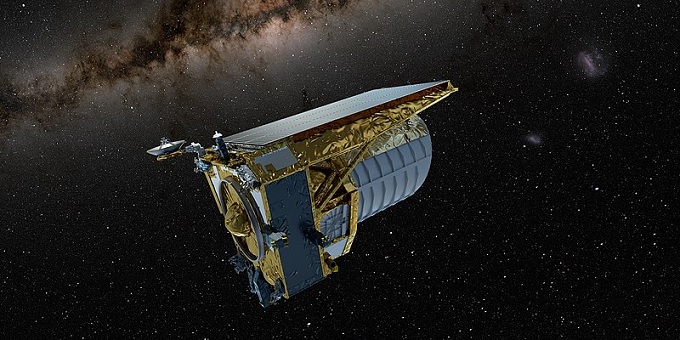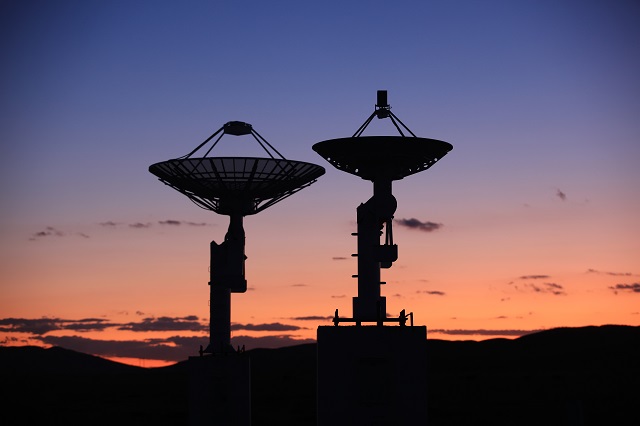science online news
Europe’s Euclid space telescope is scheduled to blast off Saturday on the first-ever mission aiming to shed light on two of the universe’s greatest mysteries: dark energy and dark matter. online news
The launch is planned from Cape Canaveral in Florida at 11:11 am local time (1511 GMT) on a Falcon 9 rocket of the US company SpaceX.
The European Space Agency was forced to turn to the rival firm of billionaire Elon Musk to launch the mission after Russia pulled its Soyuz rockets in response to sanctions over the war in Ukraine.
The launch is planned from Cape Canaveral in Florida at 11:11 am local time (1511 GMT) on a Falcon 9 rocket of the US company SpaceX.
The European Space Agency was forced to turn to the rival firm of billionaire Elon Musk to launch the mission after Russia pulled its Soyuz rockets in response to sanctions over the war in Ukraine.
After a month-long journey through space, Euclid will join its fellow space telescope James Webb at a stable hovering spot around 1.5 million kilometres (more than 930,000 miles) from Earth called the second Lagrangian Point.
From there, Euclid will chart the largest-ever map of the universe, encompassing up to two billion galaxies across more than a third of the sky.

By capturing light that has taken 10 billion years to reach Earth, the map will also offer a new view of the 13.8-billion-year-old universe’s history.
Scientists hope to use this information to address what the Euclid project manager Giuseppe Racca calls a “cosmic embarrassment”: that 95 percent of the universe remains unknown to humanity.
science online news
Around 70 percent is thought to be dark energy, the name given to the unknown force that is causing the universe to expand at an accelerated rate.
And 25 percent is dark matter, thought to bind the universe together and make up around 80 percent of its mass.
A major difference between Euclid and other space telescopes is its wide field of view, which takes in an area equivalent to two full moons.
Project scientist Rene Laureijs said that this wider view means Euclid will be able to “surf the sky and find exotic objects” like black holes that the Webb telescope can then investigate in greater detail.
Beyond dark energy and matter, Euclid’s map of the universe is expected to be a “goldmine for the whole field of astronomy,” said Yannick Mellier, head of the Euclid consortium.
Scientists hope that Euclid’s data will help them learn more about the evolution of galaxies, black holes and more.
The first images are expected once scientific operations start in October, with major data releases planned for 2025, 2027 and 2030.
The 1.4-billion-euro ($1.5-billion) mission is intended to run until 2029, but could last a little longer if all goes well.
The launch comes as Europe finds itself with few ways to independently send its missions into space, due to Russia ending cooperation last year and long delays to the next-generation Ariane 6 rocket.
dl-juc/kjm
Agence France Presse. All rights are reserved.
science online news


